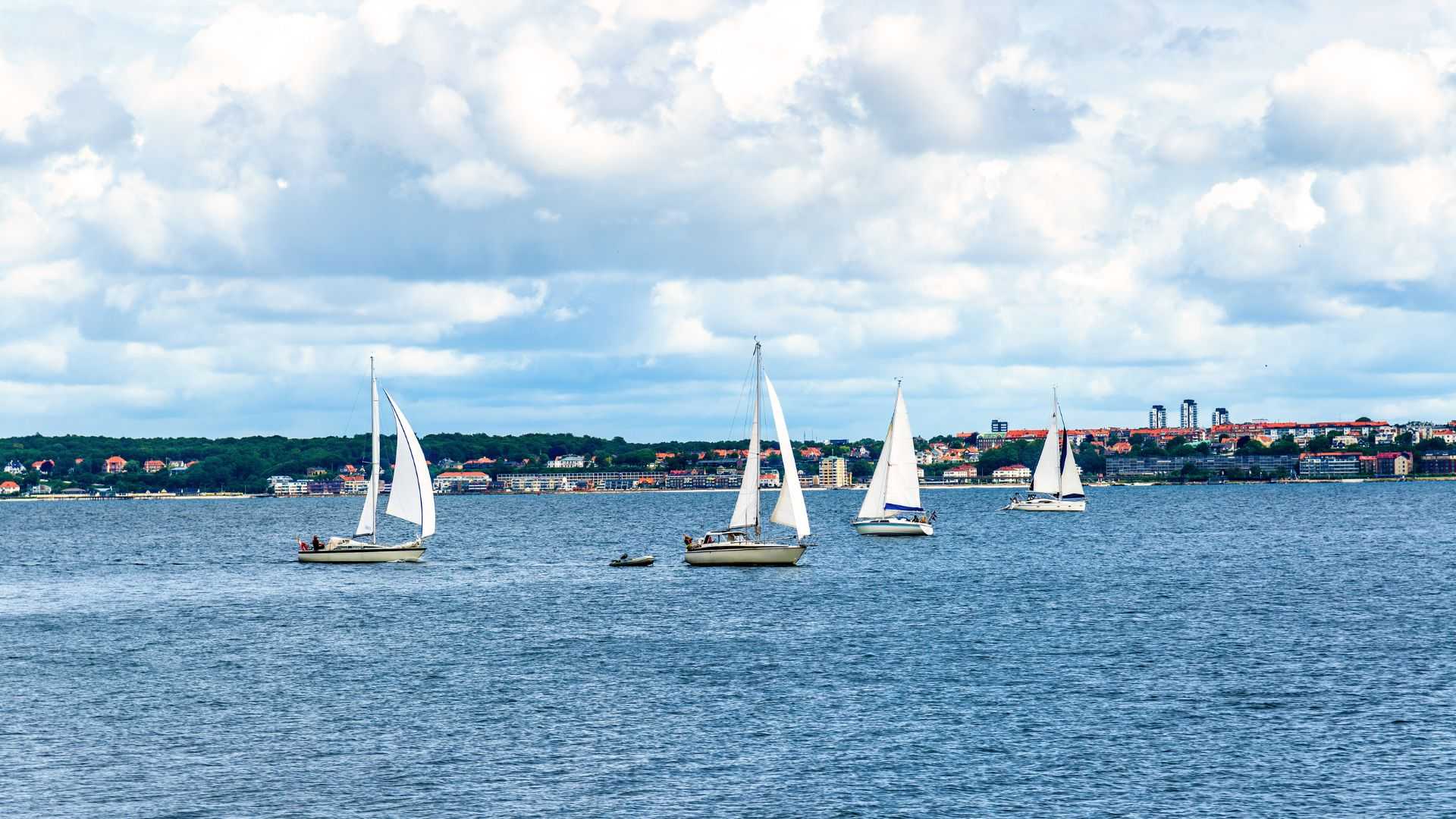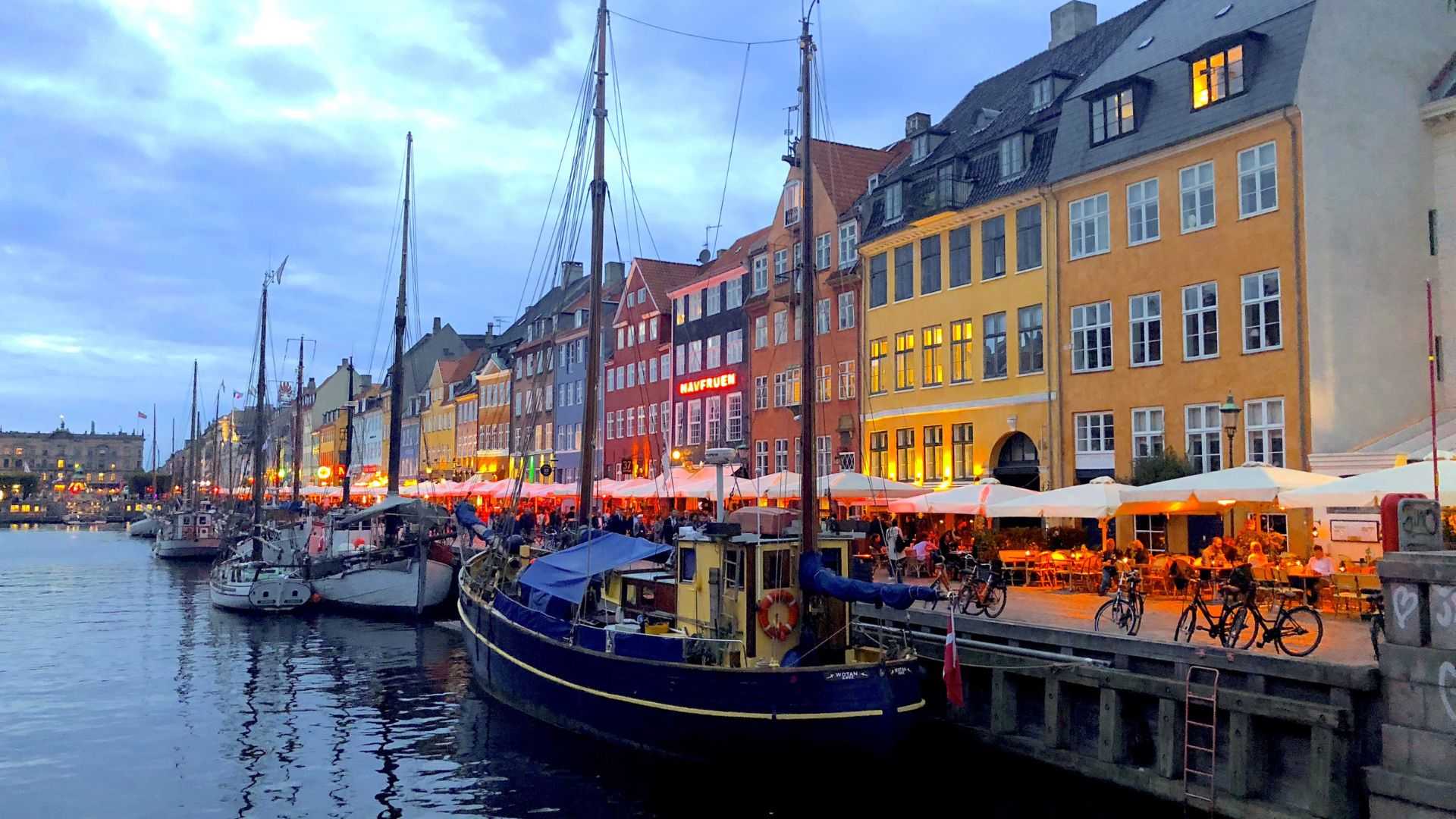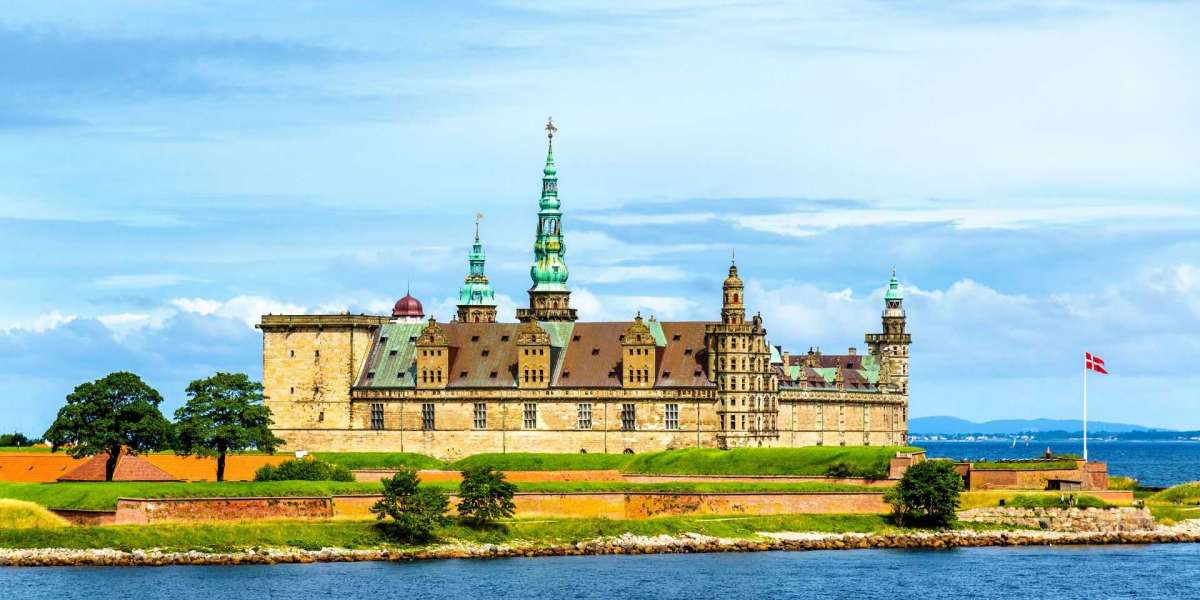Imagine a hidden Arctic Ocean bridge connecting vast oceans while shaping the planet's climate. That's the Denmark Strait, a fascinating passage brimming with significance. But why is it so important? Whether you're a geography enthusiast or simply curious about Earth's wonders, understanding the Denmark Strait will leave you in awe.
The Geography of the Denmark Strait
Where Is the Denmark Strait?
The Denmark Strait lies between Greenland to the west and Iceland to the east, forming a critical passage in the North Atlantic Ocean. This narrow stretch of water, approximately 300 km wide, connects the Arctic Ocean to the Atlantic, making it a vital link in global water circulation.
Natural Beauty and Unique Features
The Denmark Strait isn't just a geographical location; it's a spectacle. Known for its stunning icebergs and powerful ocean currents, this region is home to breathtaking natural beauty. The cold Arctic waters meet warmer Atlantic currents, creating striking contrasts visible from above.
Importance of the Denmark Strait

Denmark Strait and Global Climate
The Denmark Strait plays a crucial role in regulating Earth's climate. It is part of the thermohaline circulation, often called the "global conveyor belt." This system moves warm and cold water across the globe, balancing temperatures and supporting life in various ecosystems. Without this mechanism, climate patterns worldwide could be severely disrupted.
Marine Life and Biodiversity
This strait is a hotspot for marine biodiversity. It supports a wide variety of fish, whales, and seabirds. The nutrient-rich waters create a thriving habitat, making the Denmark Strait an essential area for global fisheries and ecological research.
Historical Significance of the Denmark Strait
A Maritime Gateway
Historically, the Denmark Strait has served as a key maritime route. It became a strategic location during World War II, famously hosting the naval Battle of the Denmark Strait in 1941. This battle involved iconic warships, including the British HMS Hood and the German battleship Bismarck, marking a pivotal moment in naval history.
Exploration and Adventure
Explorers and adventurers have long been captivated by the challenges of navigating these icy waters. The Denmark Strait symbolizes resilience and discovery, attracting researchers and thrill-seekers alike.
Challenges Facing the Denmark Strait
Climate Change and Its Impact
Rising global temperatures are causing significant changes in the Denmark Strait. Melting Arctic ice and shifting ocean currents threaten marine life and disrupt the balance of ecosystems. These changes also have broader implications for global sea levels and climate systems.
Shipping and Environmental Risks
As Arctic ice melts, the Denmark Strait is becoming a popular route for shipping. While this presents economic opportunities, it also raises environmental concerns. Increased vessel traffic poses risks such as oil spills, pollution, and disturbances to marine life.
Future of the Denmark Strait
Conservation Efforts
Recognizing its importance, governments and environmental organizations are working to protect the Denmark Strait. Initiatives focus on sustainable fishing, marine conservation, and mitigating the effects of climate change. Collaborative efforts are essential to preserve this unique marine passage.
Strategic and Economic Potential
The Denmark Strait holds excellent strategic and economic potential. As shipping routes evolve, it could become a critical corridor for trade and commerce. However, balancing economic benefits with environmental sustainability remains a challenge.
The Economic Importance of the Denmark Strait

Beyond its ecological and climatic significance, the Denmark Strait holds increasing economic importance. As Arctic ice recedes, it becomes a vital route for international shipping, reducing transit times between significant markets. Additionally, its rich marine resources support fishing industries. In contrast, its potential for undersea exploration and resource extraction continues to attract global attention. However, balancing these economic opportunities with environmental sustainability is critical for preserving its unique ecosystem.
The Denmark Strait is more than just a geographical feature; it's a lifeline for Earth's climate, marine biodiversity, and global connectivity. This narrow passage embodies nature's power and fragility, from its critical role in thermohaline circulation to its historical significance.
FAQs
1. Where is the Denmark Strait located?
The Denmark Strait lies between Greenland and Iceland, connecting the Arctic Ocean to the Atlantic Ocean.
2. Why is the Denmark Strait important for global climate?
It plays a key role in the thermohaline circulation, balancing Earth's climate by transporting warm and cold waters globally.
3. What marine life thrives in the Denmark Strait?
Thanks to its nutrient-rich waters, the strait supports diverse marine life, including fish, whales, and seabirds.
4. What historical event is linked to the Denmark Strait?
The Battle of the Denmark Strait during World War II was a significant naval clash involving the HMS Hood and Bismarck.
5. How is climate change affecting the Denmark Strait?
Rising temperatures and melting Arctic ice alter ocean currents, threatening ecosystems and marine biodiversity.














